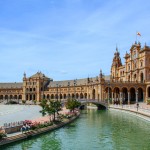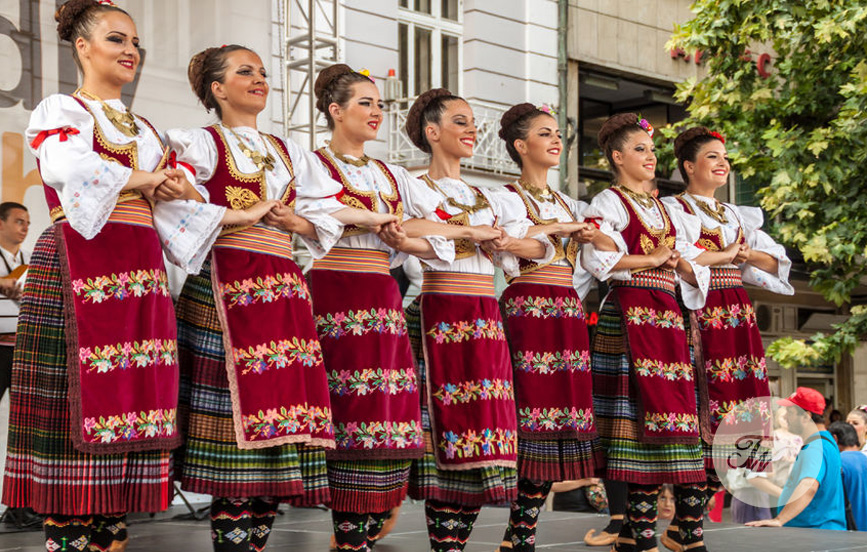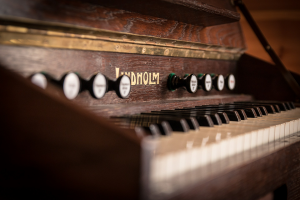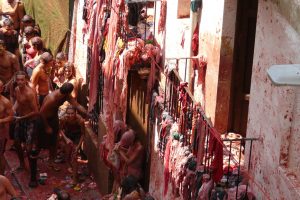Roots of Serbian traditional folk music (originating from ritual songs and mainly influenced by Turkish music) can be traced through the centuries, while the history of classical music in Serbia is quite short; dating from the mid-19th century.
The national folklore dance (in Serbia called “kolo”) differs from one region to another, and the most famous are “Uzicko kolo” and “Moravac”.
There is also a dance called “dodolas” – young girls decorated with flowers and leaves, with wreaths of vine, grass and twigs on their heads going from village to village singing and dancing, praying gods for rain.
Composers Stevan Stojanovic Mokranjac and Josif Marinkovic brought Serbian music into the modern era in the 19th century, and composers Petar Konjovic, Stevan Hristic, and Kornelije Stankovic have even further helped the growth of the Serbian music, and helped Serbia catch up to the modern European tendencies, leaving the romanticism behind.
After Radio Belgrade was opened in 1929, Serbia got its own “stars”. Sofka Nikolic, “the queen of Skadarlija” (Belgrade’s bohemian street), marked the golden age of Serbian folk music and became the most popular singer in history. Later, Silvana Armenulic, Lepa Lukic and Predrag Cune Gojkovic sang some of the biggest hits of folk music.
Balkan brass bands become quite popular in middle and in the southern parts of the country, often times involving performances with trumpets, as soldiers
used the instrument to play and update more traditional folk music.






















5 Comments